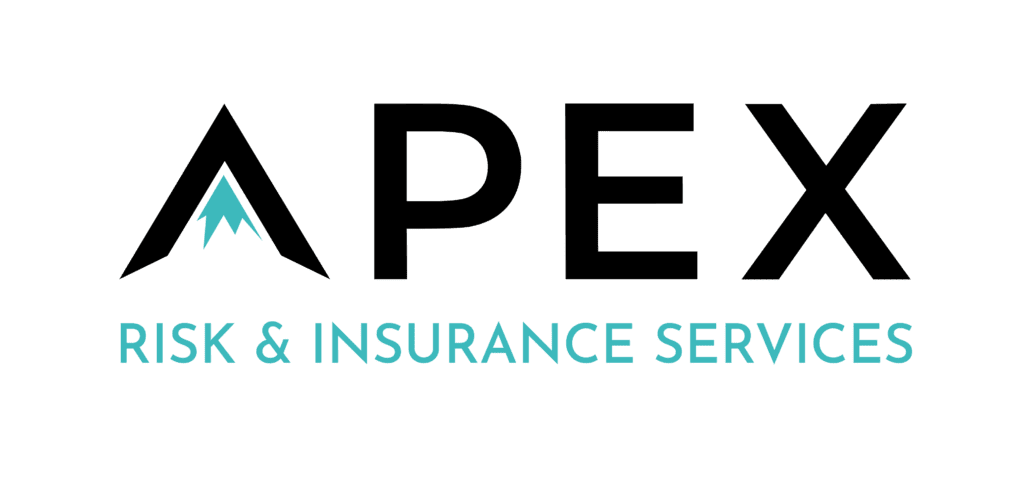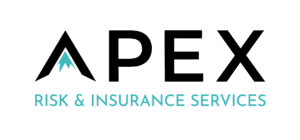Choosing the Right Insurance Coverage for Your Retail Store: A Step-by-Step Guide
Owning and operating a retail store is an exciting venture that comes with its share of risks. From potential property damage to liability claims, having the appropriate insurance coverage is essential to safeguard your business. Navigating the world of insurance can seem daunting, but with a step-by-step approach, you can ensure your retail store is adequately protected.
Step 1: Identify Your Risks
Begin by thinking about what could potentially go wrong in your retail store. Consider things like theft, fire, natural disasters such as floods or earthquakes, accidents that might cause injury to customers, and any situations that might interrupt your business, like power outages or supply chain disruptions. Recognizing these potential risks is the first step in preparing to protect your store.
Step 2: Know Different Types of Insurance
Understand the different kinds of insurance that can help you protect your store:
Step 2: Exploring Vital Insurance Coverage for Your Retail Store
Understanding the diverse range of insurance types is crucial for safeguarding your retail store. As an insurance firm specializing in retail businesses, here’s how we can guide you through essential coverage options:
1. Property Insurance
Property Insurance is a fundamental coverage that shields your retail store’s physical assets. This includes not only the store itself but also your inventory, equipment, and fixtures. In the event of incidents like fires, thefts, vandalism, or natural disasters such as floods or earthquakes, Property Insurance steps in to cover repair or replacement costs, ensuring your store can swiftly recover.
2. General Liability Insurance
General Liability Insurance acts as a crucial shield against unexpected legal claims and liabilities. It protects your store from lawsuits related to third-party bodily injuries or property damage occurring on your premises. Whether it’s a slip-and-fall accident or damage caused to someone else’s property while they’re in your store, this coverage safeguards your business from potential financial burdens.
3. Business Interruption Insurance
Business Interruption Insurance is a lifeline during challenging times when unforeseen emergencies or disasters force your store to temporarily close its doors. This coverage helps cover ongoing expenses, lost income, and operating costs during the closure period, allowing your business to weather the storm without experiencing severe financial strain.
4. Workers’ Compensation Insurance
Workers’ Compensation Insurance is vital for ensuring the well-being of your employees. In the unfortunate event of an employee sustaining injuries or falling ill while on the job, this coverage steps in to cover their medical expenses, rehabilitation costs, and a portion of lost wages, thereby protecting both your employees and your business.
Step 3: Choose Your Coverage
Think about the risks you’ve identified and decide which types of insurance your store needs. Consider where your store is, how big it is, what you sell, and how your business works to choose the best coverage for your specific needs.
Step 4: Check for Extra Protection
If your store deals with special or expensive items, think about getting extra coverage for these specific things. This extra protection ensures that these valuable items are well-covered and safe.
Step 5: Compare Different Insurance Plans
Look at different insurance companies and see what they offer. Check things like how much they cover, how much you need to pay if something happens (called a deductible), what’s not covered, and how much you’ll pay regularly (called a premium). Ask other store owners or industry groups for recommendations on good insurance companies.
Step 6: Understand the Policy Details
Before you agree to any insurance, read and understand everything in the policy. Make sure you know what’s covered, what’s not covered, and any rules or limits in the policy. This helps avoid any surprises later if something happens.
Step 7: Talk to an Insurance Expert
Speak with someone who knows a lot about insurance for stores. They can explain things that might be confusing, help you choose the right coverage for your store, and make sure you’re not missing anything important.
Step 8: Keep Your Coverage Updated
As your store grows or changes, your insurance needs might change too. Review your insurance regularly to make sure it still matches what your store needs. If your store gets bigger or if you start selling new things, it might be time to update your coverage.
Navigating Common Challenges and Risks in Retail
Running a retail business comes with a myriad of challenges and risks that can impact your operations and bottom line. Understanding these potential hurdles is key to implementing effective strategies to protect your business. Here are some prevalent risks and challenges faced by retailers:
1. Fluctuating Consumer Trends and Market Volatility
Retailers often grapple with ever-changing consumer preferences and market trends. Adapting to shifts in customer demands, staying ahead of industry trends, and managing inventory based on these fluctuations are continual challenges.
2. Intense Competition and Industry Disruption
The retail sector is highly competitive, with new market entrants, online retailers, and changing business models constantly disrupting the industry. Competing against larger chains or online platforms while maintaining profitability poses a significant challenge.
3. Operational Risks and Supply Chain Vulnerabilities
Operational risks, including supply chain disruptions, inventory management complexities, and logistical challenges, can affect product availability and operational efficiency. Dependencies on suppliers and logistical networks expose retailers to vulnerabilities.
4. Cybersecurity Threats and Data Breaches
With the increasing reliance on technology, retail businesses face the looming threat of cyberattacks and data breaches. Protecting sensitive customer information and securing online transactions are critical concerns.
5. Employee-related Issues and Workforce Management
Managing a diverse workforce, ensuring employee safety, and handling labor-related issues such as compliance with labor laws, training, and retention, are significant challenges faced by retailers.
Final Notes
Choosing the right insurance coverage for your retail store is a critical step in protecting your business. By assessing risks, understanding policy options, and seeking professional guidance, you can safeguard your store from unforeseen circumstances and ensure its long-term success.
Remember, investing in comprehensive insurance coverage tailored to your retail business is an investment in its resilience and continuity.
Where Can I Find Commercial Insurance in San Diego?
Apex was founded to fill the service and consultative gap left by agency consolidations in the insurance marketplace. These consolidations have left customers who are used to a boutique service approach with no personal connection to their team.
Apex brings the high-touch service proposition back to San Diego businesses and beyond.
At Apex Risk & Insurance Services, we use the Apex Proven Process to learn about your business, strategize to assemble the right program for you, and use our deep industry and market knowledge to leverage the best pricing and coverage.
This leaves small business owners with more time to do what they do best: Run their business knowing that their company and employees are protected.
Check out our commercial insurance policies, then, read on to learn what makes us different.




